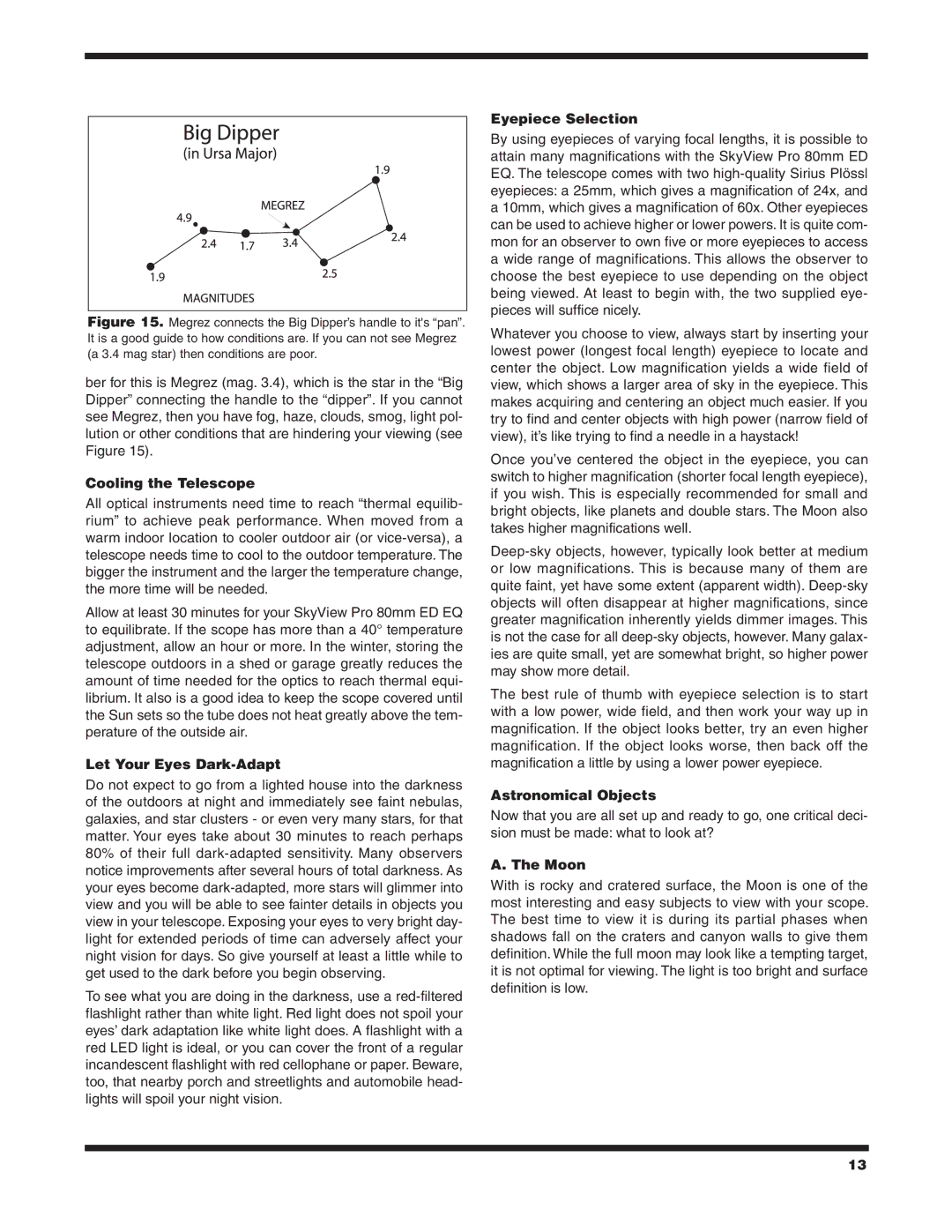
Figure 15. Megrez connects the Big Dipper’s handle to it's “pan”. It is a good guide to how conditions are. If you can not see Megrez (a 3.4 mag star) then conditions are poor.
ber for this is Megrez (mag. 3.4), which is the star in the “Big Dipper” connecting the handle to the “dipper”. If you cannot see Megrez, then you have fog, haze, clouds, smog, light pol- lution or other conditions that are hindering your viewing (see Figure 15).
Cooling the Telescope
All optical instruments need time to reach “thermal equilib- rium” to achieve peak performance. When moved from a warm indoor location to cooler outdoor air (or
Allow at least 30 minutes for your SkyView Pro 80mm ED EQ to equilibrate. If the scope has more than a 40° temperature adjustment, allow an hour or more. In the winter, storing the telescope outdoors in a shed or garage greatly reduces the amount of time needed for the optics to reach thermal equi- librium. It also is a good idea to keep the scope covered until the Sun sets so the tube does not heat greatly above the tem- perature of the outside air.
Let Your Eyes Dark-Adapt
Do not expect to go from a lighted house into the darkness of the outdoors at night and immediately see faint nebulas, galaxies, and star clusters - or even very many stars, for that matter. Your eyes take about 30 minutes to reach perhaps 80% of their full
To see what you are doing in the darkness, use a
Eyepiece Selection
By using eyepieces of varying focal lengths, it is possible to attain many magnifications with the SkyView Pro 80mm ED EQ. The telescope comes with two
Whatever you choose to view, always start by inserting your lowest power (longest focal length) eyepiece to locate and center the object. Low magnification yields a wide field of view, which shows a larger area of sky in the eyepiece. This makes acquiring and centering an object much easier. If you try to find and center objects with high power (narrow field of view), it’s like trying to find a needle in a haystack!
Once you’ve centered the object in the eyepiece, you can switch to higher magnification (shorter focal length eyepiece), if you wish. This is especially recommended for small and bright objects, like planets and double stars. The Moon also takes higher magnifications well.
The best rule of thumb with eyepiece selection is to start with a low power, wide field, and then work your way up in magnification. If the object looks better, try an even higher magnification. If the object looks worse, then back off the magnification a little by using a lower power eyepiece.
Astronomical Objects
Now that you are all set up and ready to go, one critical deci- sion must be made: what to look at?
A. The Moon
With is rocky and cratered surface, the Moon is one of the most interesting and easy subjects to view with your scope. The best time to view it is during its partial phases when shadows fall on the craters and canyon walls to give them definition. While the full moon may look like a tempting target, it is not optimal for viewing. The light is too bright and surface definition is low.
13
